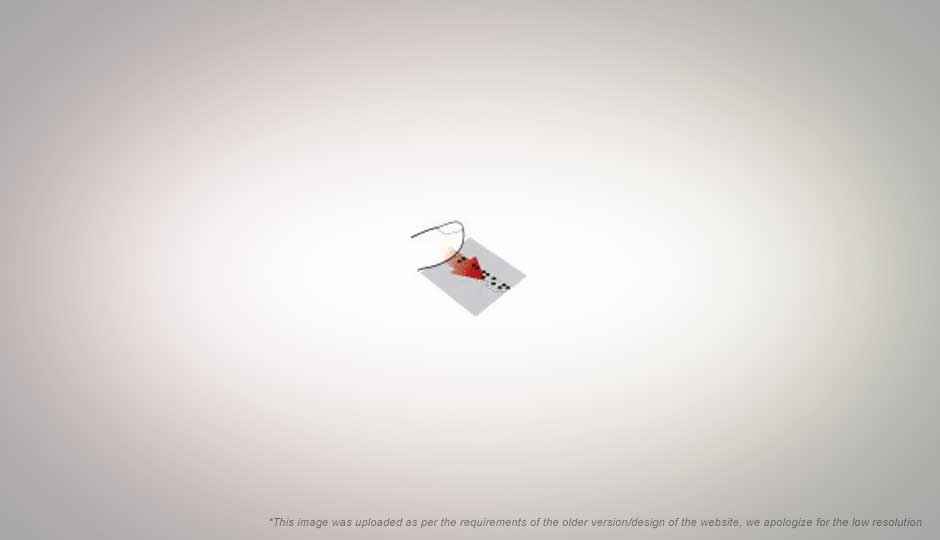Touch Screens for the visually impaired

With all the success that touchscreens have, they are still essentially useless unless you are looking at the device while using it. Despite its multi-touch goodiness, you’ll still need to take you iPod Touch out if you want to change the song. This is also a distinct disadvantage to the visually impaired, since they are not able to feel the ‘features’ on the screen.
 Survey
Survey
Jussi Rantala of the University of Tampere in Finland along with colleagues have come up with a way to simulate a braille on the screen of a device, using vibrations. They simulated a braille character by representing a raised dot as an intense vibration, and the absence of a dot as longer but weaker pulsed vibrations. Braille encodes characters as a 2×3 grid of dots, where characters are represented based on which dots are raised. People trained to read braille can read the patterns using their finger and hence can read texts even without sight. This innovation promises to bring this marvelous.
To enable this they developed software for the Nokia 770 Internet Tablet, which has piezoelectric1 material built into the touchscreen. They tested two modes of operation for this virtual braille, one in which the reader places his finger on the left side of the screen and sweeps horizontally to read the rest of the dots, and the other in which the reader keeps the finger fixed on one location, and the dots vibrate in and out sequentially in that spot. The first one seemed to be quite difficult to read however. Much like many screen reading software read out the text displayed on the screen, they hope to present the screen content in braille form.
This is a wonderful innovation for touchscreens, as they can finally become more accessible to the visually impaired. This technology can have pretty interesting applications otherwise too. Using vibrations they can also indicate the presence of buttons and controls on the screen, allowing people to control their devices without looking at them.
Source: New Scientist
1Piezoelectric materials exhibit the property of expanding / contracting when an electric field is applied to them. The converse is also true, i.e. they develop an electric potential when stress is applied.